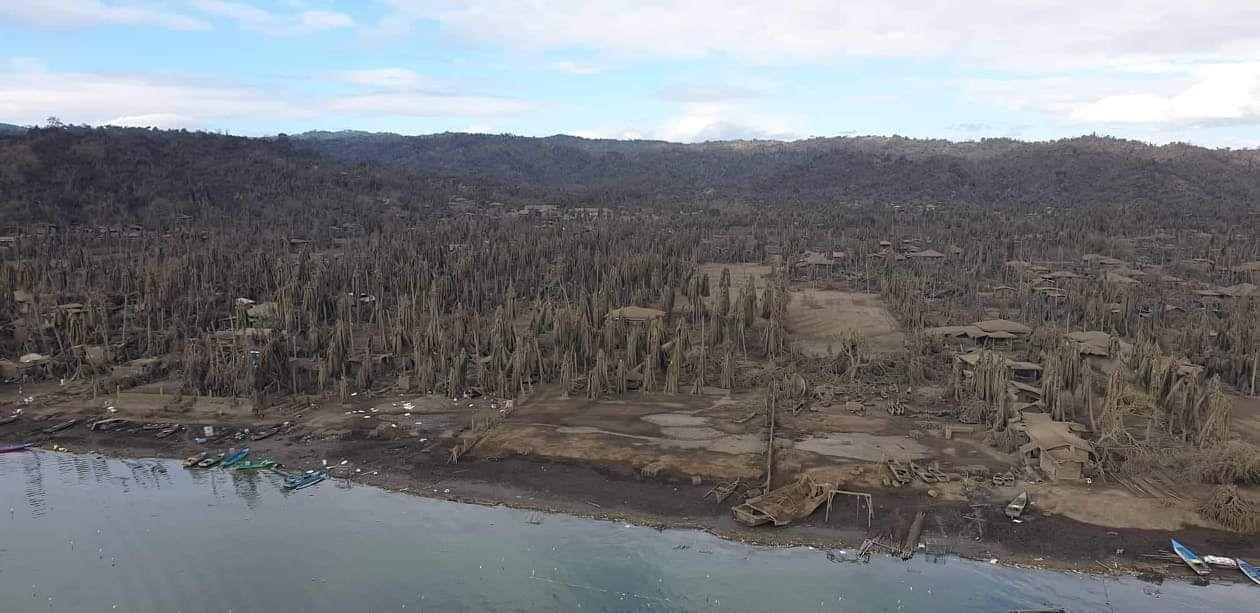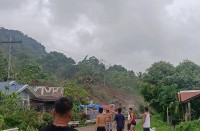
(Eagle News) – The agricultural damage due to the recent Taal Volcano eruption has rocketed to more than P3.06 billion from the previous report of P577 million, according to the latest data from the Department of Agriculture.
The increase is attributed to the additional report from Laguna and the updated reports from Batangas and Cavite in coffee, cacao, pineapple assorted fruits and vegetables, rice, coconut, and fisheries,” a DA bulletin said.
So far, the fisheries sector was the most affected, it said, accounting for P1.6 billion in losses.
The DA report said that “out of the 6,000 fish cages installed around Taal Lake, there were an estimated amount of Php 1.6 billion losses for the culture of tilapia and some bangus species.”
This made the “fisheries the most affected commodity in terms of damage and losses,” it said.
Taal’s eruption that started in Sunday, Jan. 12, has also affected 15,790 hectares of farmlands and 1,923 animals, the DA release said.
But the figures could still rise as the damaged areas and losses are still being validated by the DA in the CALABARZON area, and the Bureau of Fisheries and Aquatic Resources.
Agriculture Secretary William Dar said that there were also rescued livestock from the CALABARZON region that had to be fed and treated.
“For the rescued livestock, the Bureau of Animal Industry initially delivered 20 bags of animal feeds, drugs and medicines,” Dar said.
He said that the “the Philippine Carabao Center and National Dairy Authority provided 2.5 tons of roughages (1-ton corn silage and 1.5 tons rice straw)” for the rescued livestock.
Dar also assured the public that the department is delivering assistance and giving various interventions to help affected farmers in the region.
The DA Regional Field Office in region 2 for instance, has already coordinated with the Nueva Vizcaya Agricultural Terminal to donate 10 tons of assorted vegetables which will arrive early Saturday in Lipa City.








